
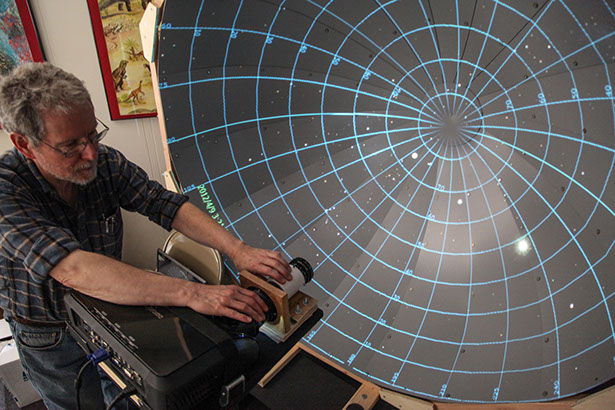
Left, Ken Miller at his personal planetarium in his apartment! Right, Ken setting up a compact wall mounted planetarium at NHM, Fremont, CA.
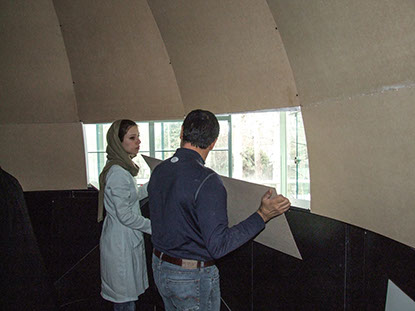

Left, building the planetarium with Miss Karimi, right, the four meter dome planetarium at the museum floor with 18 seats, an entry, and exit door.
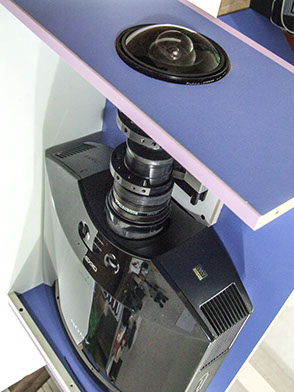
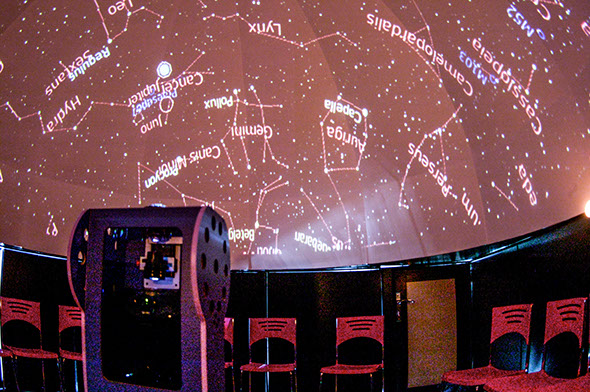
Left, projector with Nikon 8 mm fish eye lens. Right, Inside the planetarium towards the exit door, the side wall was designed to look like a classic.


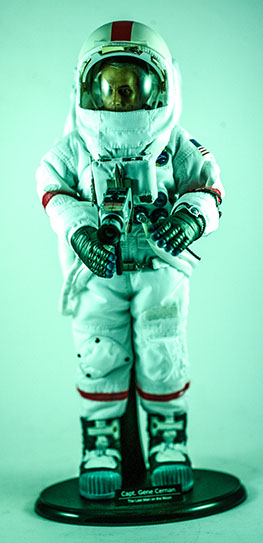
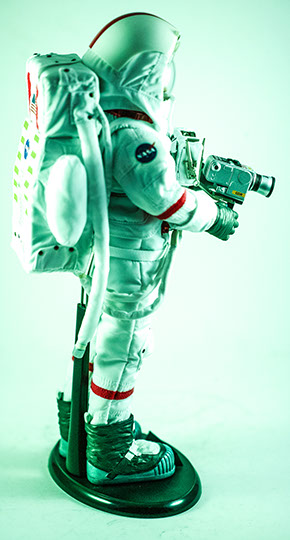
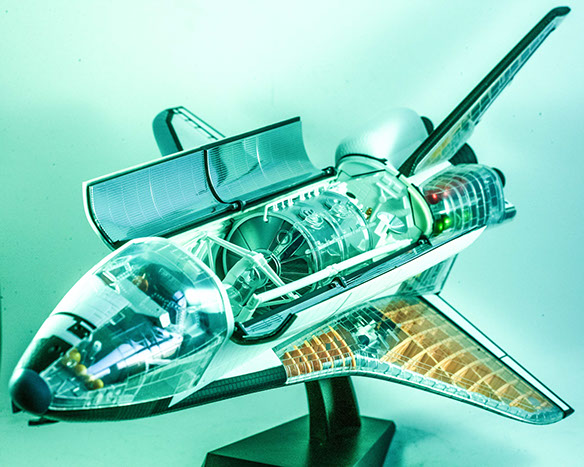
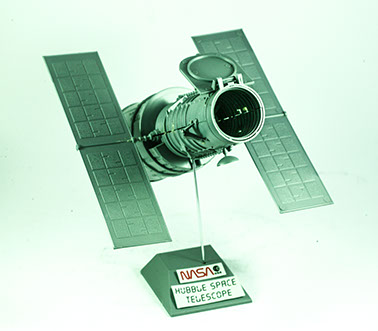
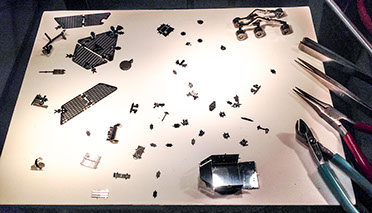
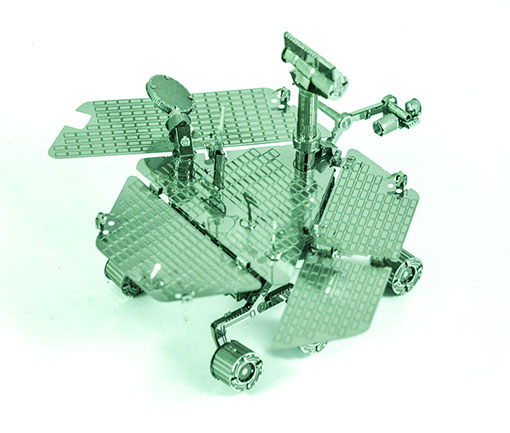
Left, hand tools to build the models of Apollo Moon Lander, Hubble Space Telescope, and Mars Rover with laser cut kits. There is also Voyager spacecraft model with voyager shutter unit, filter wheel, and its Vidicon tube sensor. There is also a CCD sensor similar to the one used in Wide Field / Planetary Camera II aboard the HST's first repair mission.
Once you keep a safe space to display artifacts, all sorts of pieces would arrive from everywhere to be kept under your care, under the safety of your display space.



Filter Wheel
Left, model of Voyager spacecraft, middle is Voyager shutter, and on the right is its filter wheel, and below is the Voyager's Vidicon imaging sensor.


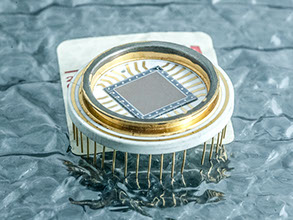


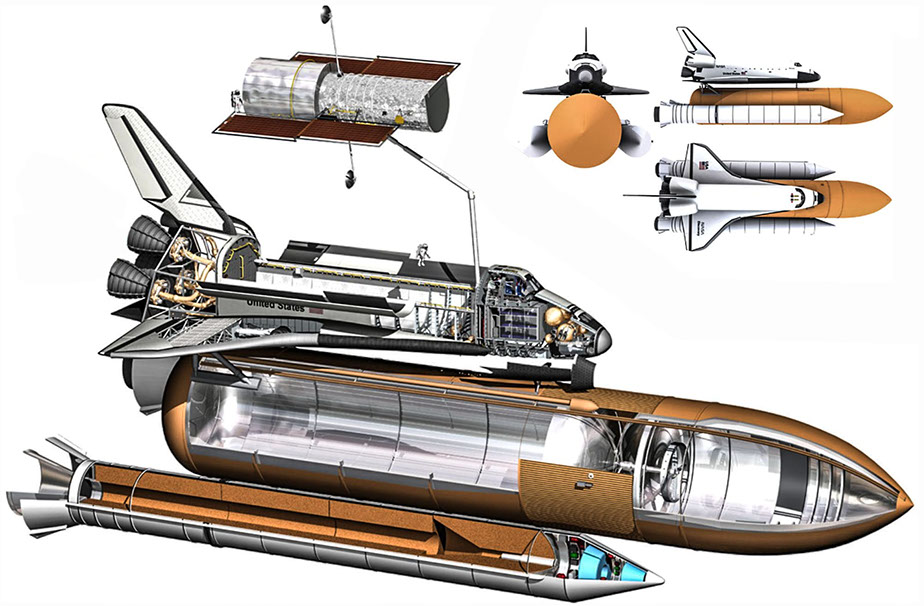
Cut section of Space Shuttle Challenger, with Hubble Space Telescope Payload. With the size of a school bus, Hubble occupied its entire payload bay.